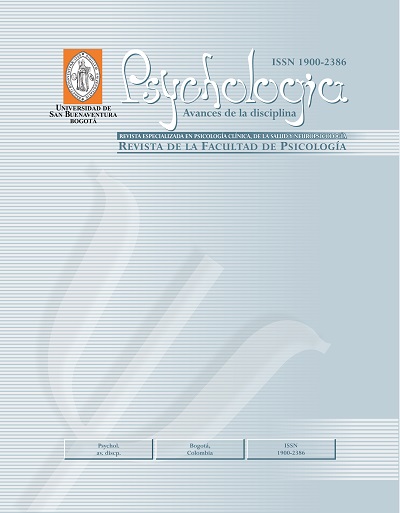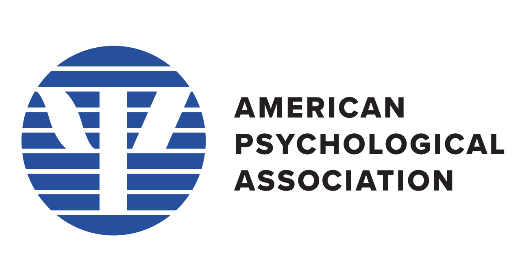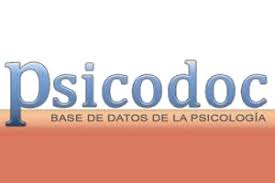This journal provides open, immediate access to its contents, based on the principle that offering the public free access to research helps to promote a higher global exchange of knowledge.
As such, all journal articles are published under a Creative Commons Attribution-NonCommercial-ShareAlike 4.0 International License (CC BY-NC-SA), by which commercial use of the original work or its possible derived works is not allowed, and the distribution thereof must be done with the same license elements regulating the original work.
http://creativecommons.org/licenses/by-nc-sa/4.0/
Abstract
The study examines the psychometric evidences of the Self-Efficacy Scale for Aging (EAEE) in a sample of 400 older adults (75.2% women and 24.8% men) from the city of Trujillo (Peru) with an average age of 73.37 years (DE = 7.86). The participants completed the EAEE along with measures of life satisfaction and depression. The exploratory factor analysis (AFE) revealed that the EAEE presented a one-dimensional factorial structure. The confirmatory factor analysis (CFA) showed that the one-dimensional model had an acceptable fit (S-Bχ2 = 54.02, df = 345 p = .001; S-Bχ2/df = 1.54; CFI = .97; RMSEA = .052 [IC90% .021, .078]; y SRMR = .049; AIC= 118.96) and an adequate reliability (ω = .88 [IC95% .84 – .91]; α = .88 [IC95%: .84 - .91]). EAEE scores correlated positively with satisfaction with life (r = .56, p< .01 [IC95%: .46, .79]) and negative with depression (r = -.48, p< .01 [IC95%: -.37, -.73]). The results suggest that the EAEE presents evidence of validity based on the internal structure, convergent and discriminant, as well as an adequate reliability.





















